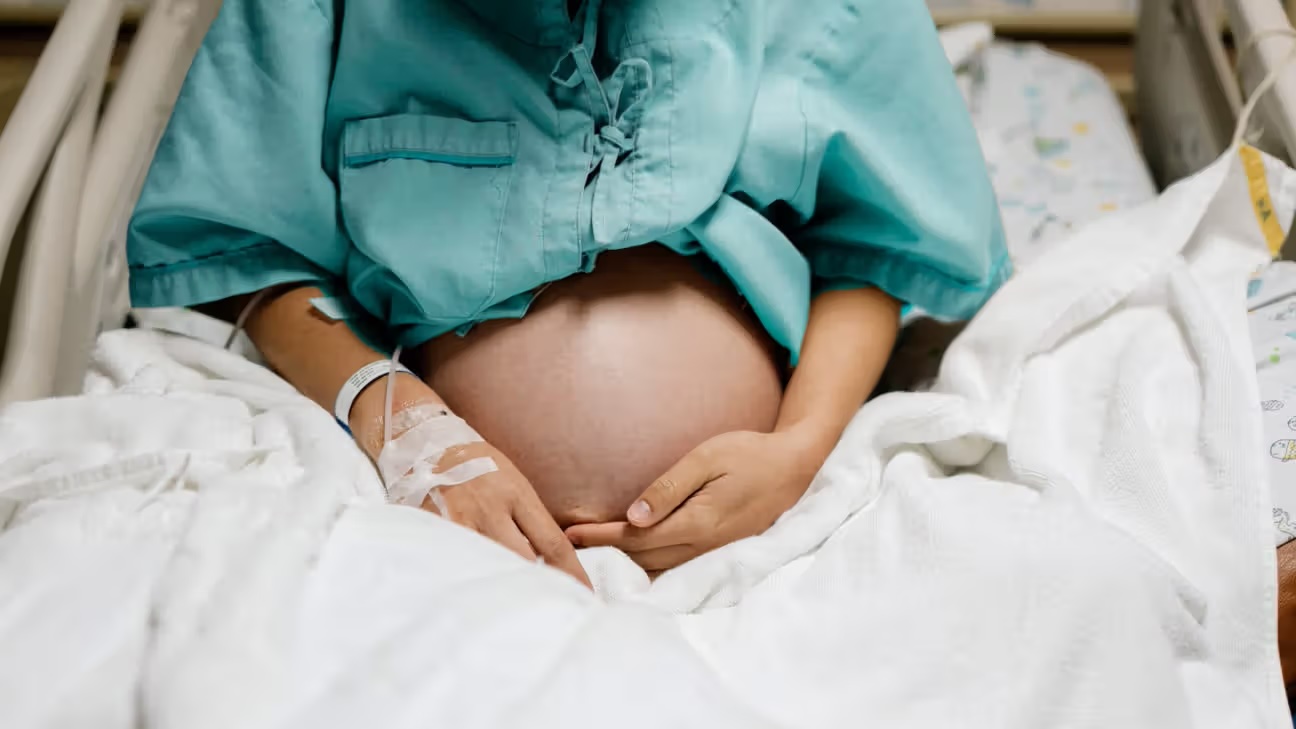
Eclampsia is a serious condition that can occur during pregnancy, characterized by seizures that are not related to any preexisting brain condition. But what exactly is eclampsia, and why is it so dangerous? This condition typically follows preeclampsia, a disorder marked by high blood pressure and signs of damage to other organ systems, often the liver and kidneys. Understanding eclampsia is crucial for expecting mothers, their families, and healthcare providers. Knowing the symptoms, risk factors, and treatment options can make a significant difference in outcomes. In this article, we'll explore 29 essential facts about eclampsia, shedding light on its causes, symptoms, and preventive measures. Whether you're a soon-to-be parent or just curious, these facts will help you grasp the gravity of this condition and how to manage it effectively.
What is Eclampsia?
Eclampsia is a severe complication of pregnancy characterized by seizures. It typically follows preeclampsia, a condition marked by high blood pressure and signs of damage to other organs. Understanding eclampsia is crucial for the health of both mother and baby.
-
Eclampsia is a rare but serious condition that affects about 1 in 2,000 to 3,000 pregnancies in developed countries.
-
It usually occurs after the 20th week of pregnancy, but can also develop during delivery or postpartum.
-
The exact cause of eclampsia is unknown, though it is often linked to abnormal blood vessel development in the placenta.
Symptoms and Diagnosis
Recognizing the symptoms of eclampsia early can save lives. Here are some key indicators and diagnostic methods.
-
Common symptoms include severe headaches, vision problems, and upper abdominal pain.
-
Seizures are the hallmark symptom of eclampsia, distinguishing it from preeclampsia.
-
Diagnosis often involves blood tests, urine tests, and monitoring blood pressure.
-
Protein in the urine is a significant marker for both preeclampsia and eclampsia.
Risk Factors
Certain factors can increase the likelihood of developing eclampsia. Knowing these can help in early detection and prevention.
-
Women with a history of preeclampsia or eclampsia in previous pregnancies are at higher risk.
-
First-time pregnancies are more susceptible to eclampsia.
-
Age plays a role; women under 20 or over 35 are at increased risk.
-
Obesity and pre-existing conditions like diabetes or kidney disease can elevate the risk.
Complications
Eclampsia can lead to several severe complications for both mother and baby. Awareness of these can prompt timely medical intervention.
-
It can cause placental abruption, where the placenta detaches from the uterus prematurely.
-
Eclampsia may lead to HELLP syndrome, a life-threatening liver and blood clotting disorder.
-
The condition can result in long-term kidney damage for the mother.
-
Babies born to mothers with eclampsia are at higher risk for low birth weight and premature birth.
Treatment Options
Effective treatment is essential for managing eclampsia and ensuring the safety of both mother and child. Here are some common approaches.
-
Magnesium sulfate is often administered to prevent seizures.
-
Antihypertensive medications help control high blood pressure.
-
In severe cases, early delivery of the baby may be necessary.
-
Continuous monitoring of both mother and baby is crucial during treatment.
Prevention Strategies
While eclampsia cannot always be prevented, certain strategies can reduce the risk. Here are some preventive measures.
-
Regular prenatal care is vital for early detection and management of preeclampsia.
-
Maintaining a healthy weight and diet can lower the risk.
-
Managing chronic conditions like diabetes and hypertension is crucial.
-
Low-dose aspirin may be recommended for high-risk pregnancies.
Postpartum Care
Eclampsia can still occur after childbirth, making postpartum care essential. Here are some key aspects of managing health after delivery.
-
Monitoring blood pressure and symptoms should continue for at least six weeks postpartum.
-
Women who had eclampsia are at higher risk for cardiovascular diseases later in life.
-
Postpartum counseling and support can help manage the emotional impact of eclampsia.
Research and Future Directions
Ongoing research aims to better understand and treat eclampsia. Here are some promising areas of study.
-
Genetic studies are exploring the hereditary aspects of eclampsia.
-
New biomarkers are being investigated for earlier and more accurate diagnosis.
-
Advances in personalized medicine may lead to more tailored and effective treatments.
Final Thoughts on Eclampsia
Eclampsia is a serious condition that can affect pregnant women, leading to seizures and other complications. Knowing the symptoms like severe headaches, vision changes, and high blood pressure can help in early detection. Preventive measures such as regular prenatal check-ups and managing underlying conditions like hypertension are crucial. Treatment options often include medications to control blood pressure and prevent seizures, along with close monitoring of both mother and baby. Awareness and education about eclampsia can save lives, making it essential for expecting mothers and their families to stay informed. If you or someone you know is pregnant, understanding these facts can make a significant difference in ensuring a safe pregnancy and delivery. Stay vigilant, and always consult healthcare professionals if any concerning symptoms arise.
Was this page helpful?
Our commitment to delivering trustworthy and engaging content is at the heart of what we do. Each fact on our site is contributed by real users like you, bringing a wealth of diverse insights and information. To ensure the highest standards of accuracy and reliability, our dedicated editors meticulously review each submission. This process guarantees that the facts we share are not only fascinating but also credible. Trust in our commitment to quality and authenticity as you explore and learn with us.
